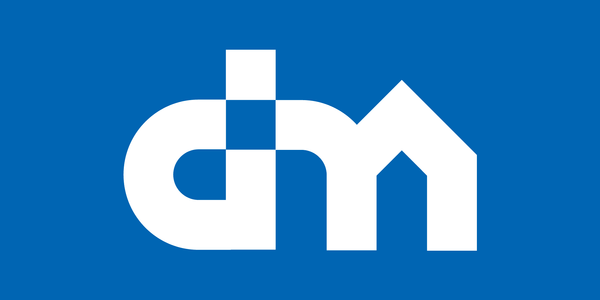
Since the start of the full-scale invasion, the cost of housing construction in Ukraine has increased by 90-115% depending on the class of housing, and the trend continues, Vladimir Zhigman, construction director of the DIM group of companies, told the Interfax-Ukraine news agency.
Since the beginning of the year, the cost in the “comfort+” segment has increased by 17% to $850-1000/sq. m. The reasons for such a significant increase are not only the rise in the cost of building materials, but also a systemic shortage of personnel and a crisis in the supply of key items.
“Today, only 40-50% of pre-war workers are employed in construction. Some have left, some are in the Armed Forces. There is a shortage of qualified welders, crane operators, high-altitude workers, special equipment operators, and even ordinary laborers,” Zhigman explained.
According to him, to overcome the labor shortage, companies are raising wages, attracting contractors from other regions, and in some cases from abroad.
As for building materials, the estimated average price increase from the start of the full-scale war (February 2022) to May 2025 is between 40% and 60%. For example, concrete has actually doubled in price due to higher fuel costs, logistical difficulties, and a 30-40% reduction in production capacity compared to pre-war levels. The cost of drywall has increased by 35-45%, influenced by higher raw material prices, particularly gypsum, and rising energy costs.
The cost of plaster has also increased by 30-40% in approximately the same range. This is due to higher prices for cement and fillers, as well as increased energy costs. Tiles have also jumped in price by 50-60%, mainly due to import dependence, higher logistics and energy costs. At the same time, according to DIM analytics, the share of imported building materials in an average project has actually doubled: from 12-14% in 2021 to 23% in 2023 and almost reached 25% in 2024.
“Most elevators on the market are imported, as are ventilation systems and electrical equipment. Add to this logistics, exchange rates, and risks, and we have the answer to the question of upward dynamics,” Zhigman noted.
In 2024-2025, developers will increasingly rely on optimizing technical solutions, smart design, and transparent communication with buyers. In an industry where production costs are already close to market prices, this is becoming a matter not only of profitability but also of survival, the expert explained.
“Rising costs have become the new norm. The question is no longer whether prices will rise, but how to remain competitive without compromising on quality and pace,” commented Arseniy Nasirovsky, junior partner at DIM Group, whose words are quoted in the report.
According to him, in 2025 and beyond, the key competitive advantages for developers will be flexibility in design, forecasting of logistical risks, and systematic work with contractors. “The market is entering a phase where it is not the biggest but the most efficient that will win,” Nasykovsky believes.
The portfolio of the development company DIM consists of real estate in Kyiv and the region with a total area of over 900,000 square meters. 3,670 apartments have been commissioned, and over 356,000 square meters of residential and commercial space has been built. Six projects with a total area of over 346,000 square meters are under construction.